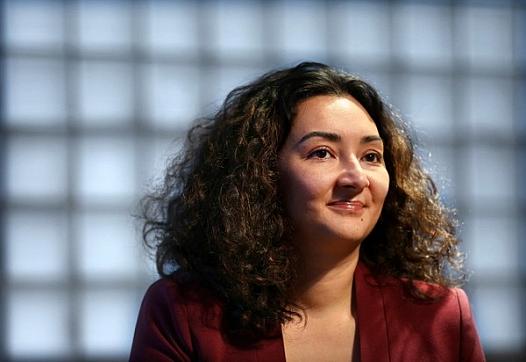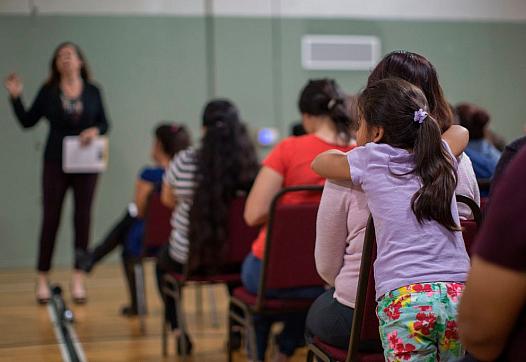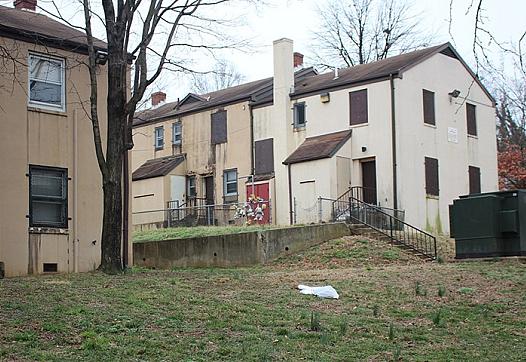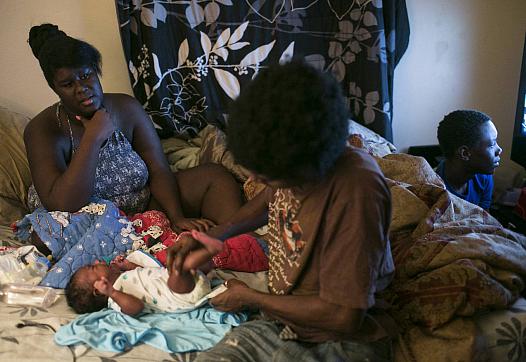
Cleveland youth shared this week personal stories to underscore the importance of the projects they proposed to police, community and nonprofit leaders in their city.

Cleveland youth shared this week personal stories to underscore the importance of the projects they proposed to police, community and nonprofit leaders in their city.

"My neighborhood has too many candlelight vigils for victims of police brutality or from neglect or incompetence from law enforcement who were not around enough to prevent the situations in the first place."

This reporting is supported by the University of Southern California Center for Health Journalism National Fellowship....
As part of The Plain Dealer's "Dear Cleveland" series, the newspaper is bringing young voices to the forefront of the community conversation.

In reporting on epidemic levels of back pain among immigrant laborers, a Telemundo correspondent finds a community deeply wary of discussing the problem on camera.
![[Photo by Pug50 via Flickr.]](/sites/default/files/styles/teaser_list_thumbnail_large/public/title_images/unnamed_181.jpg?itok=y6aNS_Ia)
If racism is reduced to a biological bug, who needs a March on Washington to promote racial justice when you have the right pill for the job?

Pharmacy deserts are a growing problem in Chicago. Tribune reporter Eseosa Olumhense discusses how she reported on the worrying trend.

In one immigrant community along Central California's coast, a crisis response team stands ready to coordinate services for families who’ve been hit by an arrest or deportation.

Gentrification threatens the health of black residents in Washington D.C. “This dynamic can have a profound effect on mental health and the civic engagement [of city residents]," one Georgetown professor said.

Diapering a child now takes about $1,000 a year on average. For families on the cusp of poverty, it’s a serious burden that can have lasting consequences on both children and parents.